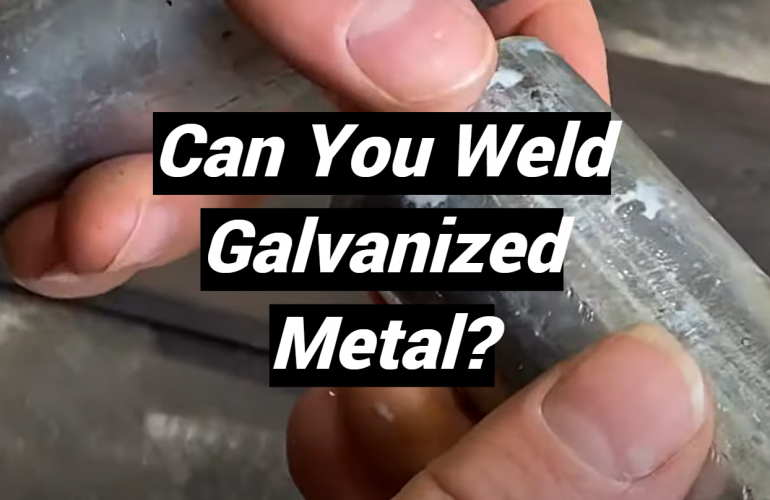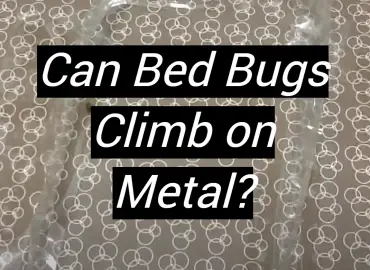If you are a welder, then you have probably been asked this question before. The answer is yes, you can weld galvanized metal. Although, when packing for international travel there are a few things to remember. In this blog post, we will discuss the process of welding galvanized metal and some of the dangers associated with it. We will also provide some tips for how to weld galvanized metal safely and efficiently.
Can You Weld Galvanized Metal?
Galvanized metal is steel that has been dipped in molten zinc so that a thin layer covers the entire surface. This protects it from corrosion. This process is called galvanization. Welding galvanized steel is a dangerous process because the zinc fumes can be toxic.
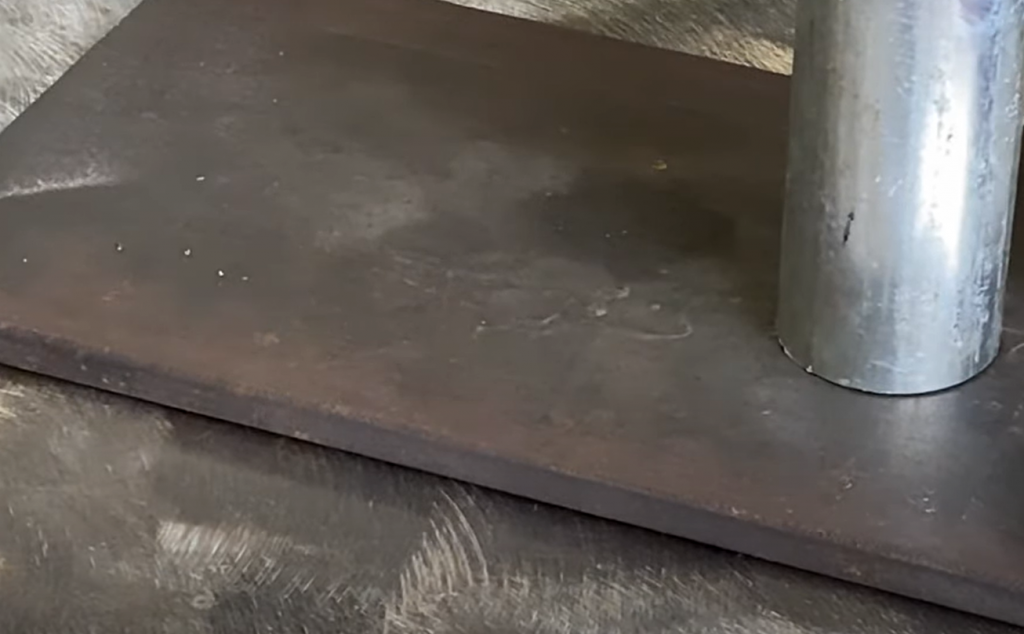
When welding galvanized steel, you need to take extra precautions to protect yourself and others from the fumes.
You should also avoid welding in enclosed spaces.If you must weld galvanized steel, do so only as a last resort. There are other ways to join metals together that don’t require welding, such as using bolts or rivets. These methods are much safer and will not produce toxic fumes. [1]
Safety With Welding Galvanized Steel
The process of welding galvanized steel is quite dangerous and can oftentimes result in detrimental health hazards for those working. Welding galvanized steel produces fumes that contain zinc oxide, which can be breathed in and cause respiratory problems. Inhaling the fumes can also lead to metal fume fever, a condition that causes flu-like symptoms such as chills, fever, and chest and muscle pain.
Workers who weld galvanized steel should take precautions to protect themselves from the dangers of the fumes. They should wear a respirator that is designed to filter out zinc oxide fumes, and they should make sure that the area where they are working is well-ventilated. If possible, they should weld outdoors or in a room with an exhaust fan that will remove the fumes from the air.
Defining Galvanized Steel
Galvanized steel is simply steel that has been coated with zinc to protect it from corrosion. By using zinc, the steel will be better protected from its outside environment and it won’t rust for an extended amount of time. This makes galvanized steel an ideal choice for a wide variety of applications, including everything from construction to automotive parts.
The process of galvanizing steel involves applying a thin layer of zinc to the surface of the metal.
Hot-dip galvanizing involves dipping the steel into a vat of molten zinc, while electro-galvanizing involves using an electrical current to deposit the zinc onto the surface of the steel. [2]Material Issues When Welding Galvanized Steel
The zinc coating on galvanized steel melts and mixes with the molten steel when welding. This creates a metallurgical reaction that can cause problems with the weld. The most common issue is called “weld metal embrittlement.” This occurs when the zinc in the steel reacts with carbon in the welding rod or electrode to form zinc carbides. These carbides are hard and brittle, and they can cause cracking in the weld.
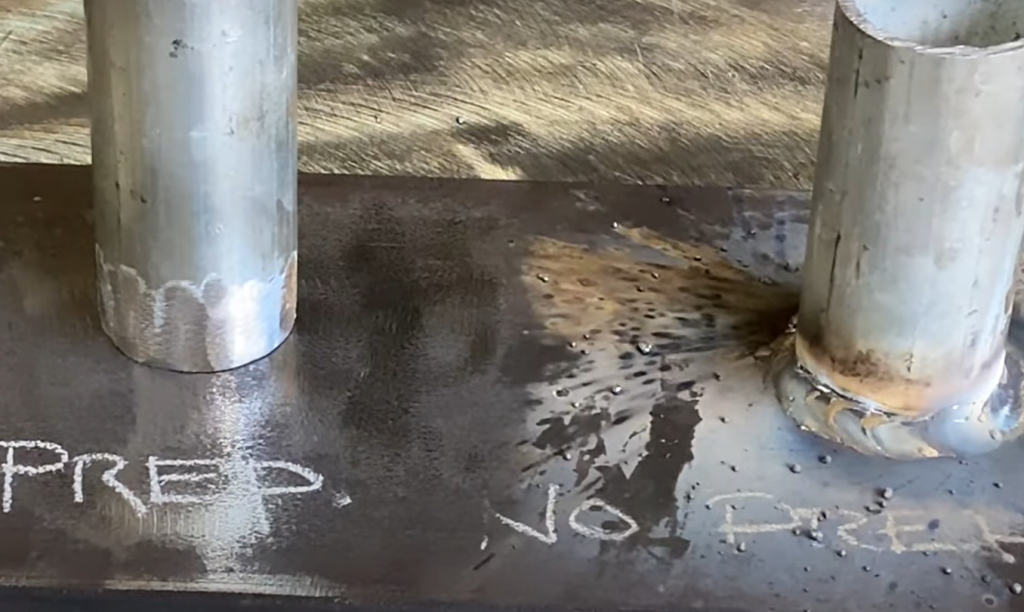
Another potential issue is “base metal dilution.” This happens when the molten zinc from the coating mixes with the molten steel of the base metal. This can weaken the steel and make it more difficult to weld.
To avoid these issues, it’s important to use the correct welding techniques and materials when welding galvanized steel.
Proper Care And Maintenance To Protect Galvanized Steel From Weld Spatter
Many industries weld galvanized steel without issues, but it’s crucial to be cognizant of the possible effects on the material. Galvanized steel is coated with a thin layer of zinc to protect it from corrosion. However, welding can cause the zinc to spatter and flake off, exposing the underlying steel to the risk of rust and corrosion.
To help prevent this, there are a few things you can do:
- Use low-voltage, low-amperage welding equipment. This will help minimize weld spatter.
- Keep your welds short and sweet. The less time you spend welding on galvanized steel, the less chance there is of zinc spatter.
- Use a welding blanket or curtain to catch any flying zinc spatter. This will help contain the mess and make cleanup afterwards much easier.
- Be sure to clean off any weld spatter from galvanized steel as soon as possible. If left unchecked, it can lead to corrosion of the underlying metal.
By taking these precautions, you can help protect your galvanized steel from weld spatter and keep it looking like new for years to come.
Health Issues Regarding Welding Galvanized Steel
Metal Fume Fever
When galvanized metal is heated, it produces zinc oxide. If you weld galvanized steel, this substance can be released into the air in large quantities. If you breathe in zinc oxide, it can cause a sickness called “metal fume fever.” Metal fume fever causes symptoms that are similar to the flu, such as chills, fever, chest pain, coughing and difficulty breathing. IIngesting large amounts of zinc oxide can be lethal.
Permanent Lung Damage
Welders who are frequently exposed to galvanized metal fumes are at risk for developing a condition called “welder’s pneumonitis.” This condition is caused by the buildup of zinc oxide in the lungs, and it can cause permanent lung damage. Symptoms of welder’s pneumonitis include coughing, shortness of breath, chest pain and difficulty breathing.
Skin Irritation
Galvanized metal fumes can also cause skin irritation. Contact with zinc oxide can cause redness, itching and burning. In severe cases, it can lead to ulcerations and blistering.
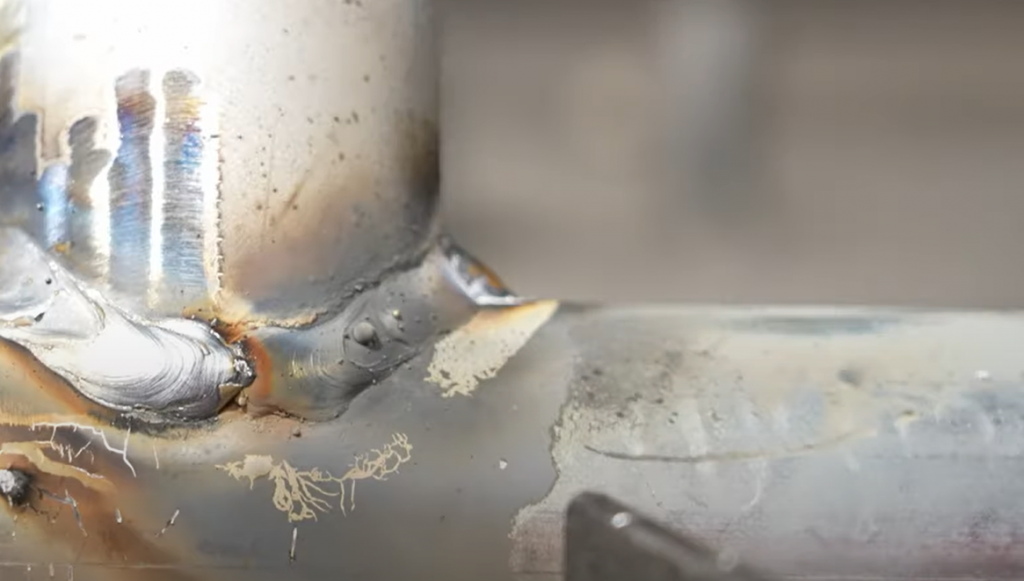
Welding galvanized steel can release large amounts of zinc oxide into the air, which can cause metal fume fever. This is a condition similar to the flu, and symptoms include chills, fever, chest pain, coughing and difficulty breathing. Inhaling too much zinc oxide can lead to pneumonia or even death. [3]
Safety Gear And Proper Training Are Critical
When most people think of welding, they imagine a welder wearing a heavy coat and gloves, using a torch to melt metal. This image is accurate, but it only tells part of the story. Welding is a dangerous occupation and proper safety gear and training are critical.
One of the dangers of welding is exposure to fumes and gases. These fumes can contain harmful chemicals, including lead, that can be breathed in by the welder. Inhaling these fumes can cause serious health problems, including lung cancer.
Another danger of welding is electrocution. Welders work with high-voltage equipment and electric currents. If a welder is not properly trained in how to use this equipment safely, they can be seriously injured or killed.
Finally, welding can be a fire hazard. Welders use torches that create flames and sparks. If these sparks come into contact with flammable materials, they can easily start a fire.
Despite these dangers, welding is still an incredibly important occupation. Welders are responsible for joining together metal parts in everything from bridges to cars. Without welders, our world would be a very different place.
Make sure you receive proper training and always wear the appropriate safety gear. By taking these precautions, you can help keep yourself safe while performing this important job.Ways To Improve Safety Welding
Wear Proper Clothes
Welding can be a messy job. There will be sparks and there will be smoke. Your clothes can easily catch fire if they are not proper. That is why it is important to wear the right kind of clothes when welding. Wear long sleeves and pants made from natural fibers. Cotton is a good choice. Avoid synthetic materials like polyester as they can melt easily.
Wear Protective Gear
Welding also produces harmful UV rays that can damage your eyes. Always wear a welding helmet with a proper lens to protect your eyesight. You should also consider wearing gloves, earplugs, and boots to further protect yourself while welding.
Keep The Area Well Ventilated
When welding, it is important to keep the area well ventilated.
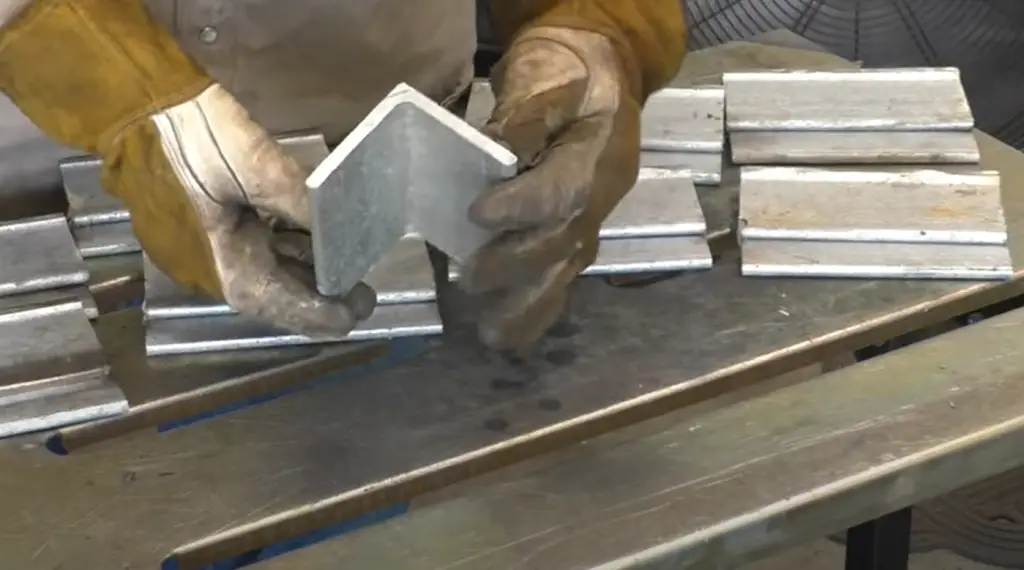
This is to ensure that the fumes produced by welding do not stay in the area and cause health problems. [4]
Use The Right Welding Technique
There are different types of welding, and each type has its own set of risks. Make sure you are using the right welding technique for the job at hand. If you are unsure, ask a professional or someone with more experience.
Follow Safety Procedures
When welding, always follow safety procedures. This includes setting up a fire extinguisher in case of an emergency, as well as having a first aid kit on hand in case of injury.
What Are Common Mistakes To Avoid When Welding?
Welding galvanized metal is not as difficult as it might seem at first glance. However, there are a few things that you need to keep in mind in order to weld it properly. First of all, it is important to use the right type of welding rod. Second, you need to be aware of the fact that welding galvanized metal can release harmful fumes. Finally, you need to take proper precautions to protect yourself from these fumes.
The most common mistake that people make when welding galvanized metal is using the wrong type of welding rod. Specifically, they use an electrode that is not designed for welding galvanized steel. This can lead to a number of problems, including poor welds and even fires.
Another mistake that people make when welding galvanized metal is not taking proper precautions to protect themselves from the fumes that are released. These fumes can be very harmful, and can even lead to death in extreme cases. Therefore, it is important to wear a respirator or other type of breathing protection when welding galvanized metal.
Overall, welding galvanized metal is not as difficult as it might seem at first glance. However, there are a few things that you need to keep in mind in order to weld it properly. First of all, it is important to use the right type of welding rod. Second, you need to be aware of the fact that welding galvanized metal can release harmful fumes. Finally, you need to take proper precautions to protect yourself from these fumes.
What is the Hardest Metal to Weld?
There is no definitive answer to this question, as it depends on a number of factors. However, some metals are generally considered to be more difficult to weld than others. These include stainless steel, aluminum, and titanium. In general, the harder the metal is, the more difficult it will be to weld. This is because hard metals tend to be more resistant to heat, which can make welding them more challenging.
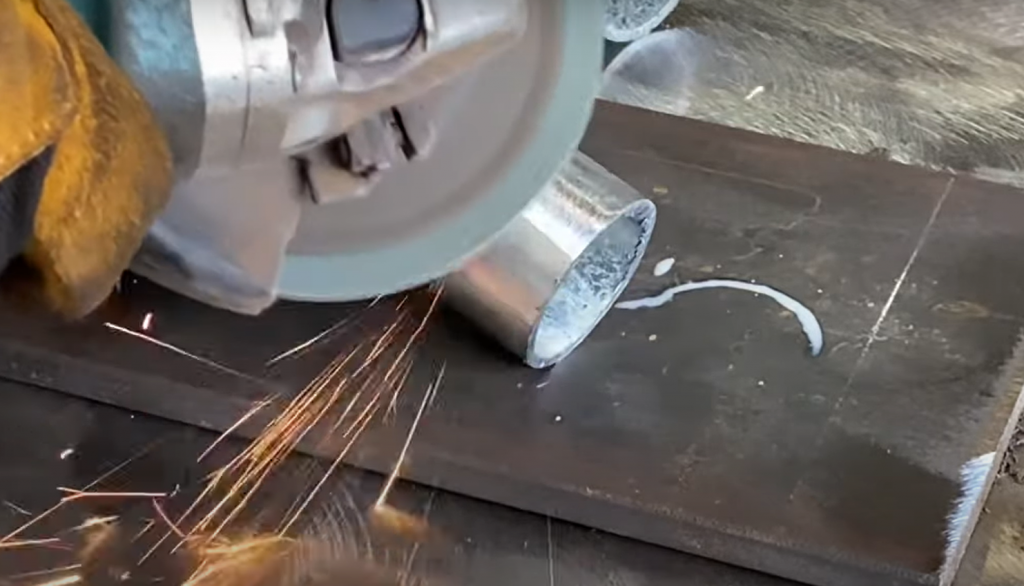
Stainless steel is one of the most popular materials for welding, but it can also be one of the most difficult. This is because stainless steel is highly resistant to heat, which can make it difficult to weld without causing damage.
Aluminum is another metal that can be difficult to weld. This is because aluminum has a low melting point, which means that it can easily be damaged by the heat of welding.
Titanium is another metal that can be difficult to weld. This is because titanium is extremely strong and resistant to heat. This makes it difficult to weld without causing damage. [5]
FAQ
What happens if you weld galvanized metal?
Welding galvanized metal produces fumes that can be harmful to your health. The zinc in the galvanized coating can vaporize when heated and produce zinc oxide fumes. These fumes can cause metal fume fever, a condition that can lead to flu-like symptoms such as chills, fever, and chest and muscle aches. Inhaling large amounts of zinc oxide fumes can also damage your lungs.
Can galvanized steel be welded to regular steel?
This is a common question that welding professionals get asked, and unfortunately, there isn’t a straightforward answer. Galvanized steel is coated with zinc to protect it from corrosion and extend its lifespan. However, this coating can make welding galvanized steel more difficult. In some cases, it may be possible to weld galvanized steel to regular steel without any issues. However, in other cases, the zinc coating can cause problems with the weld. If you’re planning on welding galvanized steel, it’s important to know what you’re doing and to take the necessary precautions. Otherwise, you could end up damaging the material or causing harm to yourself.
What type of welder do I need for galvanized steel?
You’ll need a welder that is capable of welding high-strength steels. This includes materials such as stainless steel and galvanized steel. You’ll also need to use filler material that is compatible with the base material. For example, you can use stainless steel filler rod when welding galvanized steel to regular steel. However, using a different type of filler material, such as aluminum, could cause problems.
Are there any special considerations I need to take into account when welding galvanized steel?
Yes, there are a few things you need to keep in mind when welding galvanized steel. First, it’s important to clean the area around the weld before beginning. This will help to remove any zinc oxide that could interfere with the weld. Second, you need to use a lower welding temperature when working with galvanized steel. This is because the zinc coating can melt at high temperatures, which can cause problems with the weld. Finally, it’s important to use proper ventilation when welding galvanized steel. This is because the fumes from the weld can be dangerous to inhale.
What are the risks of welding galvanized steel?
There are a few risks associated with welding galvanized steel. First, as mentioned above, the zinc fumes produced during the weld can be dangerous to inhale. Second, if the weld is not done correctly, it could cause the zinc coating to melt and run. This could damage the material and/or cause harm to anyone who comes into contact with it. Finally, if the weld is not done properly, it could cause the galvanized steel to break or crack.
Why do welders drink milk after welding?
Some welders drink milk after welding to help neutralize the effects of zinc fumes. Milk contains calcium, which can help to counteract the effects of zinc. However, it’s important to note that milk is not a cure-all for the dangers of welding galvanized steel. Welders should still take precautions to avoid inhaling the fumes and to protect themselves from the heat of the weld.
What should you never weld against?
Welding galvanized metal can be tricky because the zinc coating on the steel reacts with the heat of the welding arc to release poisonous fumes. For this reason, you should never weld against galvanized steel. Instead, use a piece of scrap material to butt up against the galvanized steel while you weld. This will protect you from the fumes and prevent contamination of your weld.
What is the hardest metal to weld?
Titanium is considered the hardest metal to weld because it is very difficult to create a good weld joint on this material. Titanium has a high melting point and tends to form oxides when heated, which can make welding very difficult. There are special techniques that must be used when welding titanium, and it is best to leave this type of welding to the professionals.
Useful Video: MIG GMAW Welding Galvanized Steel. Prep v No Prep.
Conclusion
Welding galvanized metal is possible, but it’s not recommended unless you have experience and the right equipment. The zinc in the galvanized coating can create toxic fumes when it’s heated, and welding on galvanized steel can release these fumes into the air. If you do weld galvanized steel, make sure to do it in a well-ventilated area and wear a mask to protect your lungs.
Have you ever tried welding galvanized steel? Let us know in the comments below!
References:
- https://www.marcospecialtysteel.com/how-to-safely-weld-galvanized-steel/
- https://www.wenzelmetalspinning.com/galvanized-steel-vs-stainless.html
- https://bakersgas.com/blogs/weld-my-world/side-effects-of-welding-galvanized-steel
- https://www.ccohs.ca/oshanswers/safety_haz/welding/ventilation.html
- https://sciencestruck.com/welding-basics

